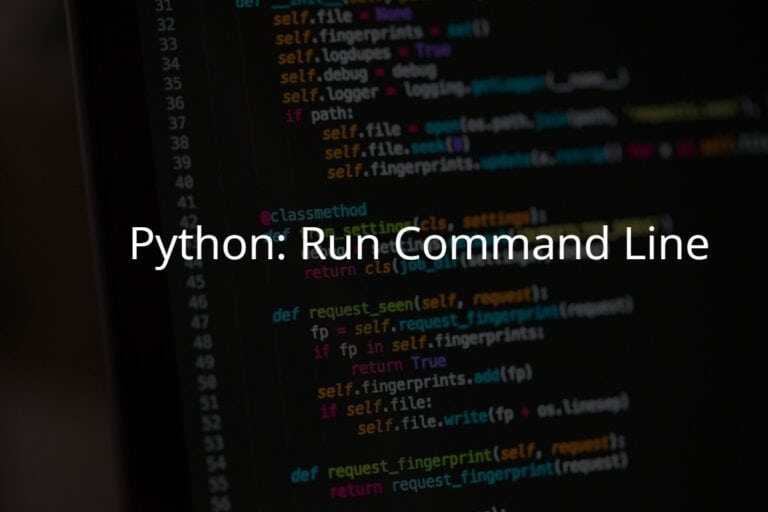Ensuring network availability is crucial, and the active/passive failover feature on Cisco ASA firewalls plays a key role in achieving this. By setting up two ASA devices—one as active and the other as standby—administrators can establish a system where the standby device seamlessly takes over if the primary device fails. This failover process is mostly automatic and can be set up with stateful failover links to ensure that current connections are not dropped during the transition.
The ASA appliance monitors the status of the active firewall and swiftly switches to the standby device in case of issues, ensuring reliability through redundancy. While the primary ASA handles traffic, the second ASA is ready to take control without IP address changes, resulting in minimal disruption to network service. This approach allows IT teams to perform maintenance without affecting users and provides protection against hardware or software malfunctions.
Implementing active/passive failover with Cisco ASA firewalls is a proven strategy for enhancing network resilience and ensuring uninterrupted business operations. By understanding the core concepts and following best practices, you can establish a highly available network infrastructure that meets your organization’s performance and security requirements.
Boosting Network Resilience with Cisco ASA
Understanding Active/Passive Failover
Active/Passive failover is a high-availability feature in Cisco ASA firewalls. It ensures uninterrupted network traffic flow even if the primary (active) firewall fails. Here’s how it works:
- Two Cisco ASAs are configured: One in active mode, the other in passive standby.
- The active ASA handles all traffic while the passive ASA monitors its status.
- If the active ASA fails, the passive ASA automatically takes over, becoming the active unit.
- This switchover happens seamlessly, minimizing downtime and ensuring business continuity.
Benefits of Active/Passive Failover
Enhanced Reliability
The failover mechanism ensures your network stays up and running, even in the face of hardware failures or unexpected issues.
Minimal Disruption
The transition from active to passive ASA is transparent to users, preventing service interruptions.
Improved Security
Failover helps maintain a secure network environment by ensuring continuous protection against threats.
Simplified Management
Failover configuration is straightforward, requiring minimal ongoing maintenance.
Key Considerations for Implementing Active/Passive Failover
Identical Configurations
Both ASAs should have identical configurations to ensure seamless switchover.
State Synchronization
Stateful failover maintains connection information, preventing traffic loss during a failover.
Monitoring and Alerting
Set up monitoring and alerting mechanisms to proactively detect failures and trigger failover.
Testing and Verification
Regularly test your failover setup to ensure it works as expected in a real-world scenario.
Cisco ASA Failover Configuration Options
| Feature | Description |
|---|---|
| Stateful Failover | Maintains connection state information for seamless traffic flow during failover. |
| Stateless Failover | Basic failover without connection state tracking. Suitable for less critical applications. |
| Interface Failover | Triggers failover based on specific interface failures. |
| Route Tracking | Monitors specific routes and initiates failover if they become unavailable. |
Key Takeaways
- Active/Standby failover ensures continuous network service by automatically switching to a standby ASA in case of a failure.
- Stateful information is maintained during failover, preventing active connections from being dropped.
- The setup allows for maintenance without downtime and protects against unexpected device issues.
Understanding ASA Failover Concepts
Cisco ASA devices ensure network resilience through failover processes. Failover helps maintain continuous network operations by automatically switching to a standby device if the primary unit fails.
Failover Types and Operation Modes
Cisco’s Adaptive Security Appliance (ASA) supports two failover configurations: active/standby and active/active. In active/standby failover, one ASA unit is active and handles traffic, while the other is on standby, ready to take over if the active unit fails. Active/active failover is reserved for systems that operate in multiple context mode, splitting the security contexts into groups. Each group is either active on the primary ASA or on its peer, offering parallel processing and load balancing.
Failover Communication and Interfaces
For failover to work, two ASA units are linked using a failover link and, optionally, a stateful failover link. The failover link is dedicated to monitoring the health and status of the active unit. If the active unit fails, the standby unit takes over, using the failover link to determine failover status. The stateful failover link copies vital information, ensuring seamless traffic flow even after a failover event. A failover interface IP is assigned to interfaces on both units to manage traffic redirection during failover.
Configuring and Managing Failover
Configuring ASA failover begins with matching hardware and software specifications on both units. These units, a failover pair, establish roles as primary and secondary. Each interface being monitored, also known as monitored interfaces, affects ASA’s decision to trigger a failover. To manage failover, use commands to set the failover unit as either active or standby. The failover process should be transparent, causing no noticeable interruption to active connections if the stateful failover link is properly configured. Regular checks on failover status confirm if units are operational or if a unit has become standby ready, indicating it’s prepared to take over if needed.
Failover Setup and Maintenance
Setting up a failover system for Cisco’s ASA requires precision and attention to both hardware and software requirements. This ensures high availability and seamless synchronization between the primary and standby units.
Initial Setup and Synchronization
The initial setup involves configuring the primary ASA with the necessary configurations and then mirroring these settings to the standby ASA. License requirements play a critical role here; both ASAs should be licensed appropriately to support failover operations. To achieve configuration synchronization, establish a failover link, which is often a dedicated Ethernet interface. Assign failover interface IP addresses to allow the two units to communicate.
For successful synchronization, the following settings need to be identical on both units:
- Network interfaces
- Security policies
- Any implemented features
To view the current configuration, use the command show run. Regular interface poll frequency adjustments ensure that the primary ASA actively checks the health and status of links, reducing the chance of unnoticed failures.
Monitoring and Maintaining Failover System
Monitoring is continuous in a failover system. The system conducts routine health monitoring to oversee the active time and status of both ASAs, leveraging the configured failover link. This includes watching for a link down event and other conditions that might trigger a failover.
To check the current failover status, you can use the show failover command. This reveals which unit is active and how long it has been so. A failover group is a logical grouping of one or more security contexts, helping to manage which unit should be active.
Maintenance involves ensuring that both the primary and standby units are kept up-to-date with the same software versions. Regular checks ensure that health monitoring processes are functioning correctly, and failover will occur as expected in the event of a fault.
Frequently Asked Questions
In this section, you will find key information addressing common inquiries related to configuring and managing failover on Cisco ASA devices.
How can one configure active/passive failover on a Cisco ASA device?
To set up active/passive failover, begin by ensuring both Cisco ASA units have the same hardware specifications and software versions. Assign the roles of primary and secondary to the devices. Establish the failover and stateful failover links as needed. Apply the necessary failover settings on both ASAs to complete the configuration.
Which CLI commands are used to set up failover on a Cisco ASA?
Common commands for failover setup on a Cisco ASA include failover lan unit primary, failover lan interface, failover link, and failover interface ip. These commands designate primary and secondary units, specify the failover interface, and assign IP addresses to the failover links.
What steps are involved in manually forcing failover from an active Cisco ASA to its passive counterpart?
To manually force failover, use the command no failover active on the active ASA. This command causes the unit to become passive, prompting the standby ASA to become active.
What are the different failover modes available on Cisco ASA appliances?
Cisco ASA supports two failover modes: active/passive and active/active. In active/passive mode, the primary ASA handles all traffic while the secondary waits. In active/active mode, both ASAs manage traffic but for different security contexts.
Can you describe the troubleshooting process for failover issues on a Cisco ASA firewall?
Troubleshooting starts with verifying the failover configuration using commands like show failover and show failover state. Check that the ASA units are connected correctly and that the interface statuses are up. Look into any error messages reported, which can provide clues on the nature of the problem.
What is the difference between active/active and active/passive failover on Cisco ASA devices?
In active/passive failover, one ASA unit is the active device handling all the traffic, while the other remains standby. In active/active failover, both units are active, but they share traffic load by handling different security contexts. This mode requires multiple context mode to be enabled on the ASAs.






